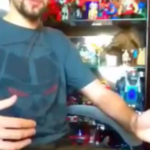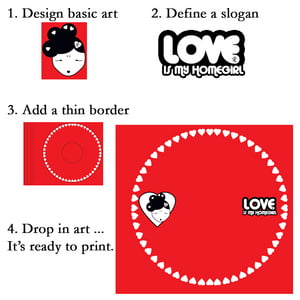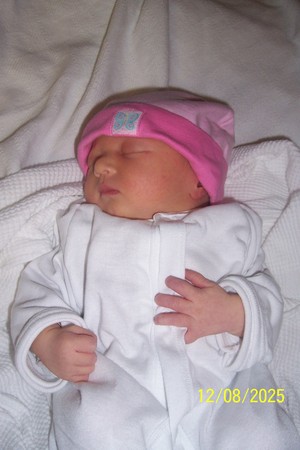Partly as a reaction to and rejection of the standard and often unimaginative comedic styles of the Borscht Belt comedians, a new breed of comics burst onto the scene in the late 50s and 60s. They took it upon themselves to push the limits of censorship as well as draw attention to social issues. At the forefront of this movement in the history of standup comedy are such names as George Carlin, Dick Gregory and Mort Sahl. Carlin’s infamous standup routine about the words that couldn’t be said on television back then is an indication of what they were attempting.
The most notorious of these so-called “rebel comedians” was Lenny Bruce, the subject of the Bob Fosse film Lenny starring Dustin Hoffman. The rebels were all about confronting conformity and societal taboos directly. They engaged in dirty language, provocative subject matter and even dressed differently from the older comedians. Lenny Bruce was arrested on obscenity charges no less than fifteen times within a two year period, but he knew that the profanity wasn’t the real issue; it was his daring to challenge authority and the status quo. As an example of this, consider that Lenny Bruce was taking on religious hypocrisy long before the televangelist scandals of the 1980s made is acceptable. Bruce portrayed organized religion for what it was in his routines; a big business that had to be advertised as successfully and subtly as cigarettes or cars. Religion had long been a staple of comics, of course, but until Lenny came along it had been in the form of “A priest, a rabbi and minister walk into a bar…” When Lenny Bruce included religion in his routine it included such images the Pope posing for a cigarette ad and Oral Roberts interceding on behalf of Billy Graham to convince the Pope to get him a good deal on a Fiat.
Lenny Bruce hardly reserved his sharp-edged humor for religion. In fact, one of his most infamous routines actually attacked the very fans who were supporting him. Most of Lenny’s fans were the kind of liberals that drive Rectal Noun into the bed of the first guy in a suit she can find. But Bruce questioned their moral high horse in a routine that reflected on liberal guilt and buried racism. In fact, there was not a single social target that Lenny didn’t attack. But was it funny? At first yes. But as the authorities pressed in and Bruce turned to heroin, his routines began to devolve into more outrage and less comedy. Following his multiple arrests and his trial for obscenity he became more and more strident until eventually his entire routines consisted of little more than reading his trial transcripts and commenting on the outrageousness.
Mort Sahl and Dick Gregory had taken up Bruce’s lead but managed to avoid both falling into caricature and allowing addictions to control them. Both infused their routines with political humor, but both realized the important of being funny first and outrageous second. While Mort Sahl and Dick Gregory both experienced moments of superstardom, the real iconic rebel comic to emerge from this era was George Carlin. In part due to his ability to tone down his more unsuitable material for television while still keeping it just as funny, and in part because his familiarity as his character the Hippy Dippy Weatherman, George Carlin was able to succeed where Bruce was not. Of course, there was an even more important element at play. Lenny Bruce essentially was a product of the 50s and came along at a time when America simply wasn’t ready for him. George Carlin fit right into the counterculture 60s with his long hair and blue jeans. In essence, there were two different George Carlins. There was the acceptable one who appeared on Laugh-In and Johnny Carson, and there was the utterly foul-mouthed and rebellious comedian working in Vegas and comedy clubs.
The history of standup comedy would not be the same without the likes of Lenny Bruce and the other rebels even though individually they didn’t have the same impact as those before them or even the other less rebellious comics to emerge in the 1960s.




